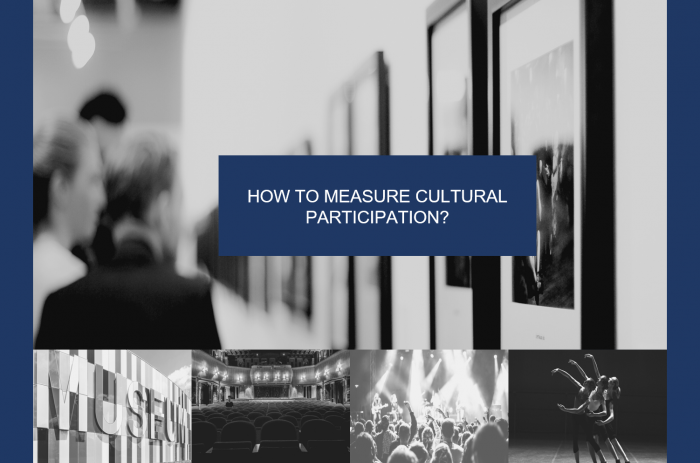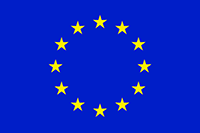MESOC project at the 21st International Conference on Cultural Economics
The 21st International Conference on Cultural Economics was held online from 6 to 9 July. The biennial event, which should have been held in the summer of 2020 in the city of Lille in France, but had to be postponed due to the pandemic, is the largest and most significant international gathering of researchers in the field of cultural economics. Some members of the Econcult team participated in the conference, presenting some of the results of the MESOC project.
Jordi Sanjuán contributed to the Young Researchers Workshop with the communication entitled ‘The impact of cultural and creative industries on well-being: an analysis for the OECD European regions’, taking place on the first day of the conference. He presented his PhD thesis project, its first developments and some of its first preliminary results. This research, directly linked to MESOC, focuses on the role of cultural and creative industries on regional well-being, as reported in more detail in this other post. The presentation received generally positive feedback on their research from other colleagues, including valuable suggestions and comments for further progress.
Sendy Ghirardi and Pau Rausell presented the work “A comprehensive approach to measuring the impact of cultural participation on individuals: the AU Culture Platform”. The study shows the theoretical model to measure the impacts of cultural participation behind the Au Cultural Platform. The comprehensive approach combines both socio-psychological and economic perspectives. Within the MESOC project, the platform will be useful for investigating the impacts of cultural participation on individuals in aspects related to the project’s impacts on health and well-being, people’s engagement and participation, and territorial and urban renovation.
The presentation received overall positive feedback from the scientific community, together with suggestions for the next steps.


